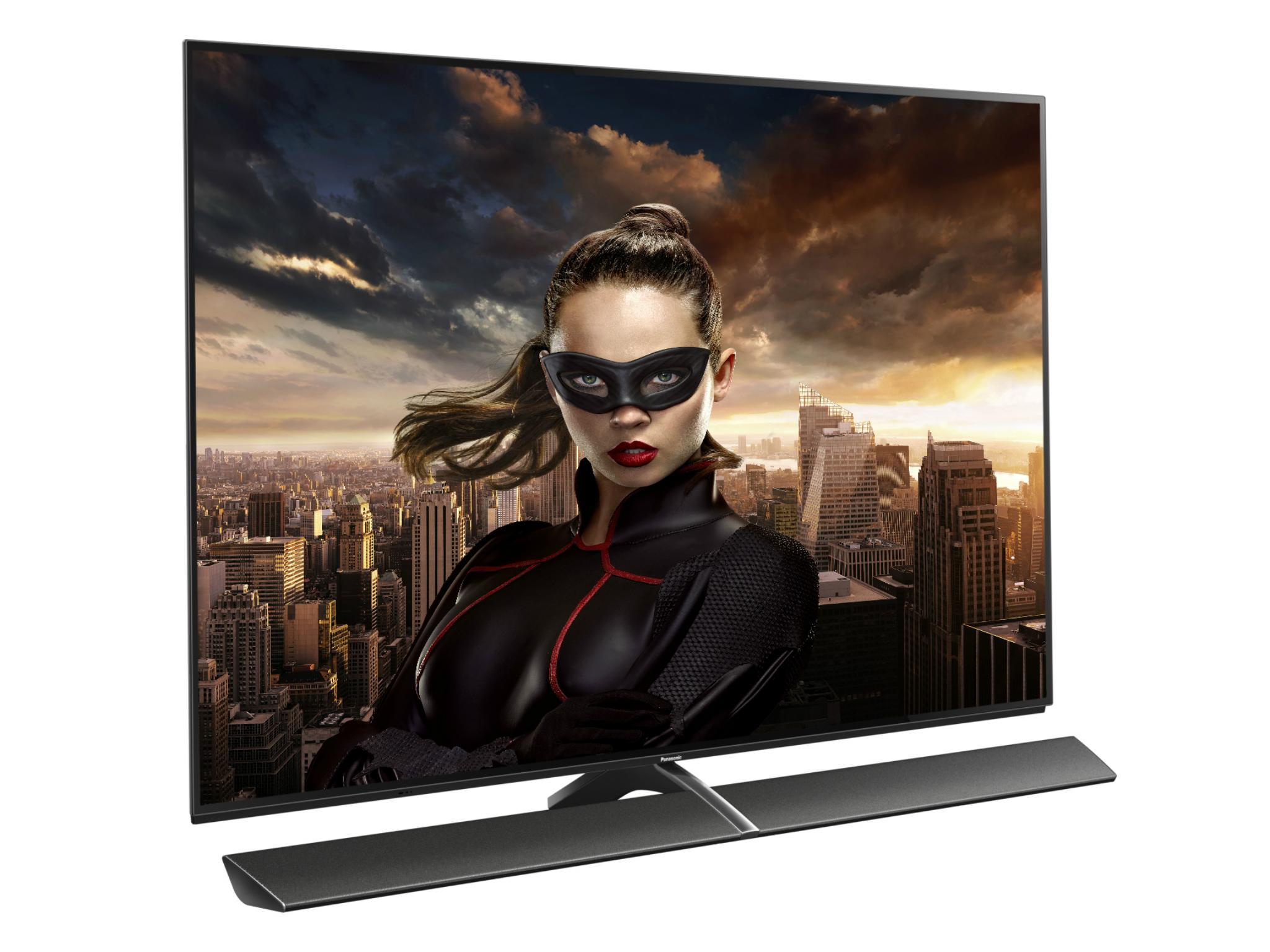HDR TV: Why high dynamic range is worth getting excited about
'When you see it you realise what you’ve missed all along'

The television has gone through quite the transformation over recent years. Smarts, 3D, 4K and curved displays have all helped reinvent the humble old box, making it one of the most exciting product categories in the world right now.
This year, HDR remains a key screen improvement.
That’s High Dynamic Range, which lets you see skies which are varied and colourful, not blown out, at the same time as shadows that have detail and depth, instead of being grey smudges.
The results, if managed right, are gorgeous to look at, dramatic and immersive. But it’s also easy to make them look fake or over-saturated.
Things are further complicated by the kind of screen. The screens that offer outstanding contrast and colour fidelity are OLED, because each pixel is lit independently and when they’re turned off make for deep, perfect blacks.
But OLED is less bright than LED, and HDR needs the capability of bright light output for the effects to work, so really works best in a lower-lit environment.
Japanese AV giant Panasonic recently announced an OLED screen, its first for a while, which will be released in June. There’s no final price yet but it’s going to be expensive (as a comparison, the company’s last OLED model went on sale in late 2015 for £8,000).
The latest TV, called the EZ1002, ticks a lot of boxes for innovations but, more importantly, the picture quality is staggeringly good. Shown alongside a smaller industry reference monitor costing £30,000 and used by Hollywood studios, the EZ1002 matched the reference near-perfectly.
Panasonic claims this is because of improved luminance in the panel and a boldly named Absolute Black Filter, which soaks up light and reflections to deepen the effect of black areas of the screen.
Plus, most importantly, the video processing chip, called the Studio Colour HCX2 processor. This can work quickly and accurately to remove visual banding effects, eliminate image noise and more.

The EZ1002 also addresses the thorny problem of audio from a flatscreen by designing a tilted soundbar that sits in the TV stand.
I asked Masahiro Shinada, Panasonic’s Director of TV Business Division, if OLED is the future of TV. “Some part of it is OLED, the top line is OLED.” But he also felt OLED prices could drop. “In the future it will probably become more affordable. That will be down to efficiencies.”
And if HDR is part of the future, does OLED’s lack of extreme brightness limit it? “From 2017 the HDR function looks like being much more popular. Unfortunately, in the last year, when every manufacturer launched this function in their TVs, still some customers didn’t know what it meant. From this year, awareness is ready to spread so HDR will be very popular. With OLED especially we can reproduce very accurate colours and contrast.”
However, he went on, “we don’t think OLED is limiting HDR. It’s not just about peak brightness or black levels, it’s about the contrast which is most important – that’s what gives you the drama.”
HDR is a brand new technology, so how confident is he that it is ready? “As you say it’s a new technology, so it’s the responsibility of the whole industry. The manufacturers, the studios, the distributors, everybody has come together to create the standard, called Ultra HD Premium, so if you’re buying a TV which is certified to Ultra HD Premium and content and players, then you’ll get the best experience, there’s no doubt about that.”
Sony and LG also had new OLED launches and Samsung’s own technology, QLED, was also on display at CES 2017. I’d say that first impressions of the Panasonic were the most striking, though.
David Preece, the marketing director of Panasonic UK, told the Independent about the advantages of OLED and HDR. “Motion is so brilliant on an organic panel, it isn’t just about the black level, though Panasonic has always been great at managing black levels. And it’s not just about colour, it’s about motion, and OLED manages that very smoothly. HDR offers an amazing picture with the punch of its brightness, the management of dark scenes and more. As far as I’m concerned, it’s a no-brainer.
“When you see it you realise what you’ve missed all along. OLED is everything you always wanted from plasma but with the addition of 4K and HDR. Because there are no motion issues, it’s a very comfortable picture.”
There’s no 3D on the latest TV. As David Preece points out, “with HDR and 4K, the picture is so compelling, you don’t need 3D.” Panasonic is not alone in dropping 3D. Almost every manufacturer felt this feature was no longer worth including. It’s a rare backward step in an industry that heads relentlessly forward. And if the leading TVs from Panasonic, Sony, Samsung and LG live up to early indications, 2017 looks like being a vintage year.
Join our commenting forum
Join thought-provoking conversations, follow other Independent readers and see their replies
Comments
Bookmark popover
Removed from bookmarks